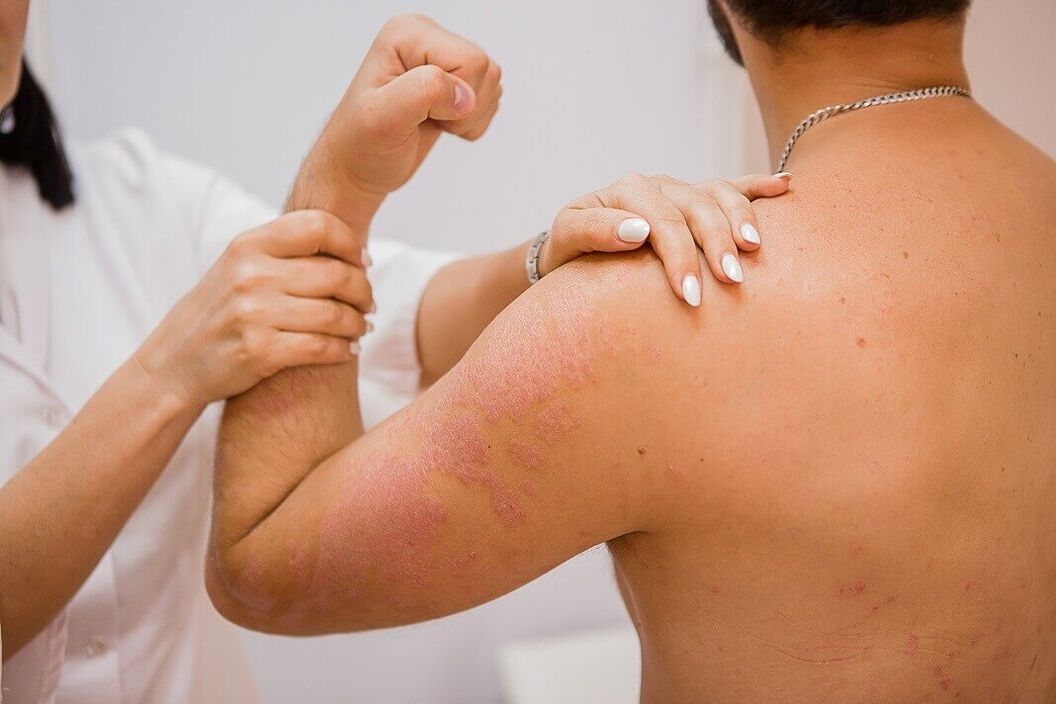
external treatment
mustard gas derivatives
- Anti-inflammatory effect (vasoconstriction, reduction of inflammatory infiltration);
- Epidermal stabilization (anti-proliferative effect on epidermal cells);
- anti-allergy;
- Local analgesic effect (relieve itching, burning, soreness, tightness).























